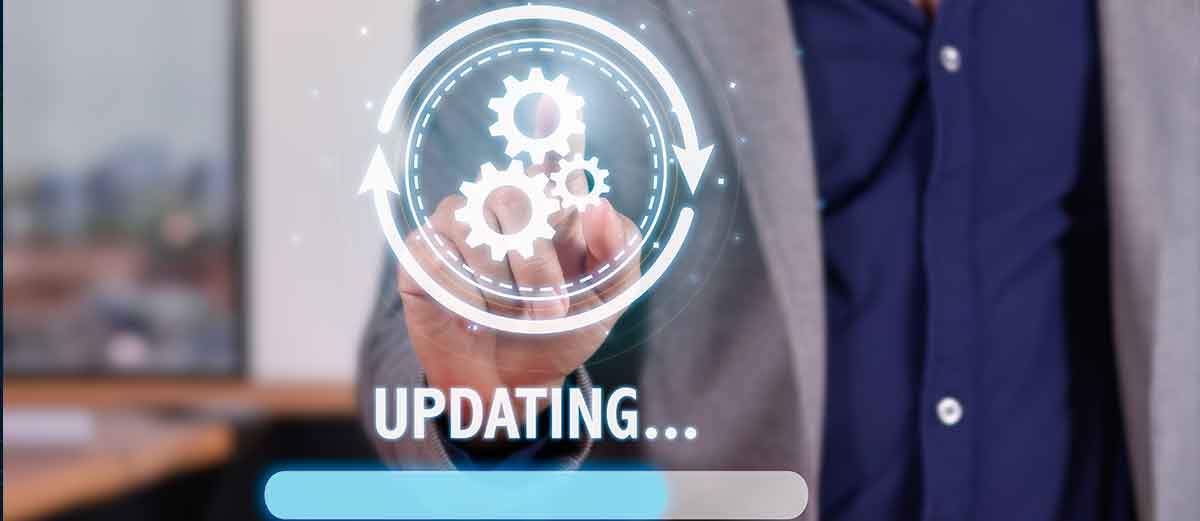Continuous updates and maintenance for an automotive dealership’s website, it’s crucial to focus on both the accuracy of the content and the technical health of the website. Regular updates and proactive maintenance play a significant role in providing a seamless user experience and maintaining the dealership’s credibility. Here’s a more detailed approach:
- Model Information Updates: Regularly update the information on each car model. This includes new features, pricing, availability, and any changes to specifications. Staying current is especially important for new model releases and yearly updates.
- Refreshing Reviews and Testimonials: Continuously add new customer reviews and professional testimonials. Keeping this section updated can significantly influence potential buyers’ decisions.
- Updating Promotions and Offers: Regularly update any special offers, discounts, or promotions. Ensure that all advertised offers are current and accurate to maintain trust and avoid customer frustration.
- News and Blog Section: Maintain an active news or blog section that covers the latest industry news, dealership events, and relevant automotive tips. This not only helps in SEO but also establishes the dealership as a knowledgeable industry player.
- Seasonal Content: Update content based on seasons or regional events (like auto shows or local festivals), ensuring relevance and engagement with your audience.
- Regular Technical Audits: Conduct regular audits of the website to identify and fix technical issues like broken links, slow-loading pages, or security vulnerabilities.
- Performance Optimization: Continuously monitor the website’s loading speed and optimize images, scripts, and other elements to ensure quick load times, which is crucial for user experience and SEO.
- Mobile Optimization: Regularly test and update the website to ensure it is fully optimized for mobile users, as a significant portion of web traffic comes from mobile devices.
- User Interface Improvements: Based on user feedback and analytics, make adjustments to the website’s design and user interface to improve usability and accessibility.
- Security Updates: Keep the website secure by regularly updating the CMS, plugins, and security protocols. This is crucial to protect customer data and prevent hacking attempts.
Adapting to User Feedback
- Incorporating Feedback: Actively seek and incorporate user feedback to improve the website. This can include adjustments to the navigation, content layout, or adding new features that users request.
- A/B Testing: Regularly perform A/B testing to experiment with different website elements, helping to identify what changes lead to better user engagement and conversion rates.
- Change Log: Maintain a log of all changes and updates made to the website. This helps in tracking what modifications have been made and their impact on website performance.
- Regular Reporting: Generate regular reports on website maintenance activities, including updates made, issues resolved, and user feedback implemented. This helps in keeping the team informed and aligned.
Continuous updates and maintenance are fundamental in ensuring that an automotive dealership’s website remains effective, relevant, and user-friendly. Regularly updating content, optimizing functionality, incorporating user feedback, and maintaining the technical health of the site are all essential practices. This proactive approach not only enhances the user experience but also strengthens the dealership’s online presence and reputation.
